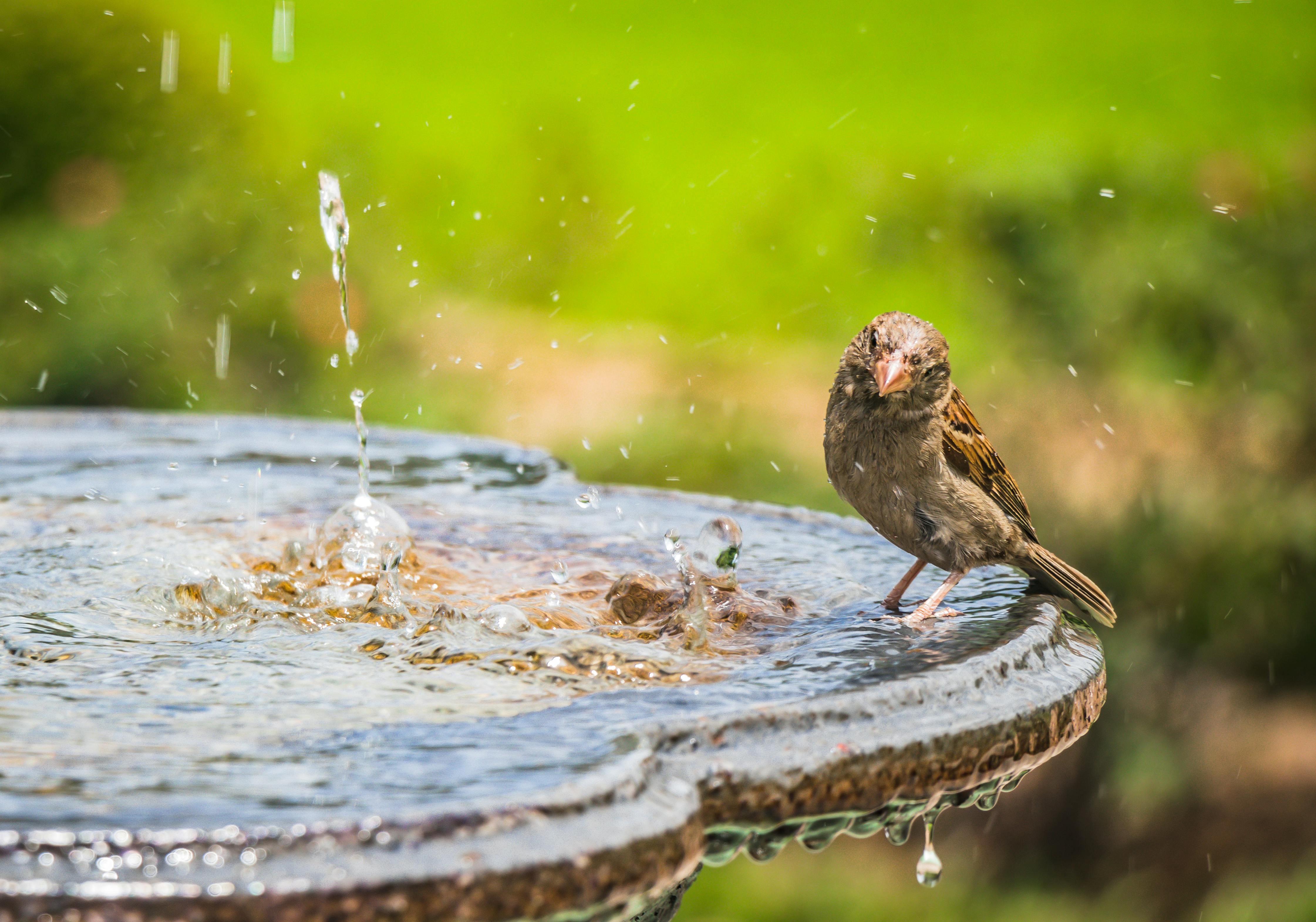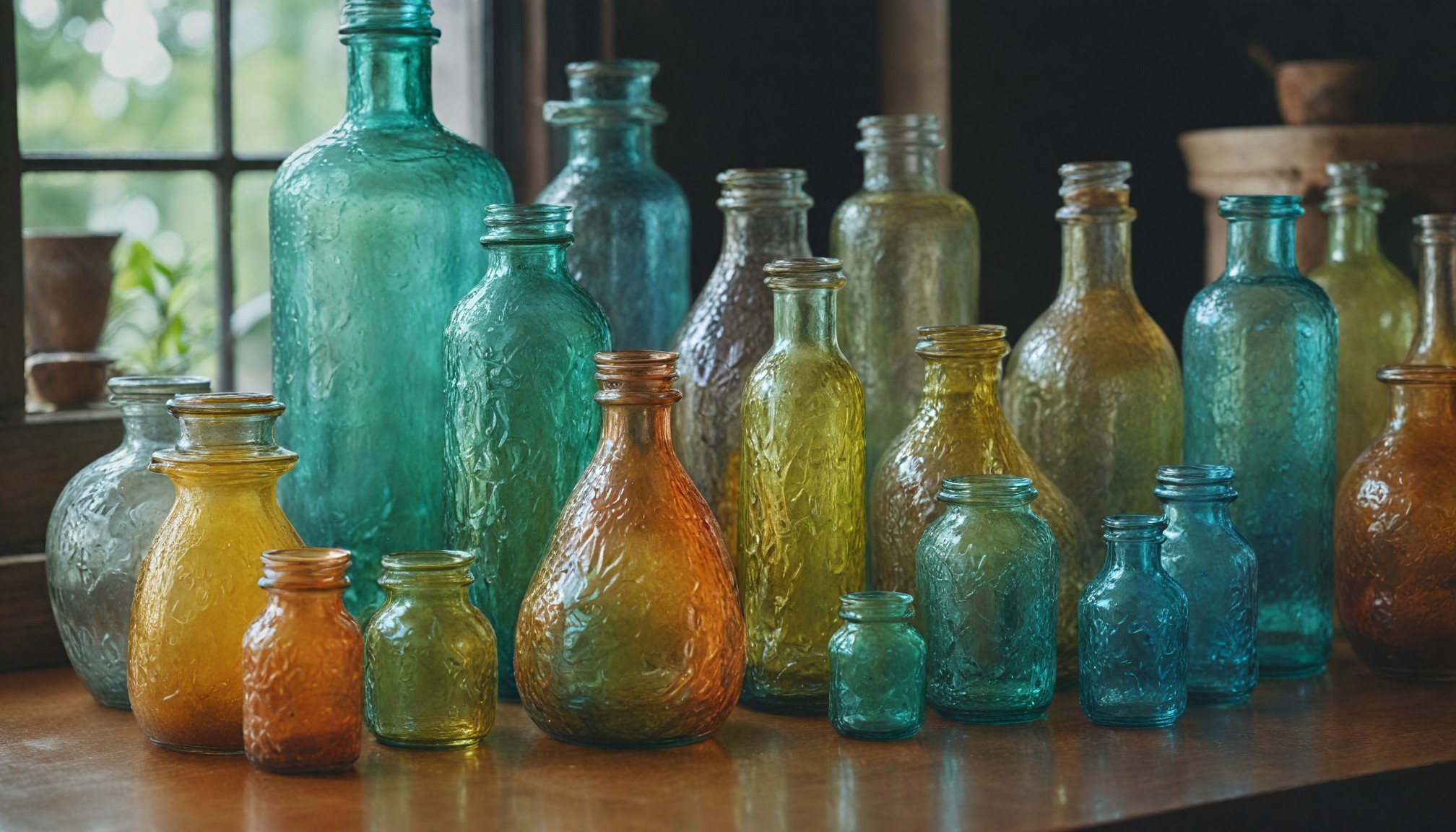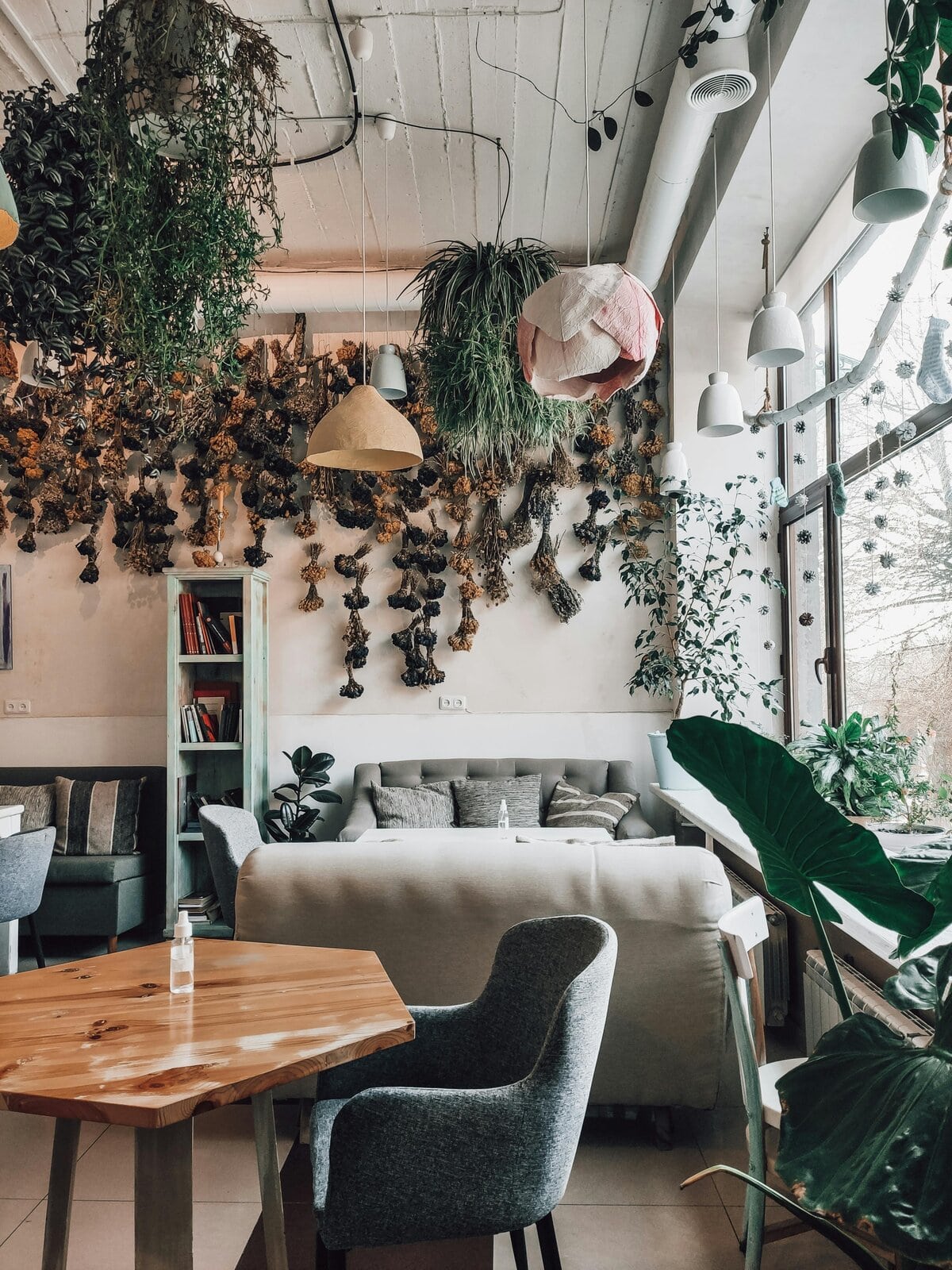
Creating a Wildlife-Friendly Garden: Attracting Native Species
Transforming your backyard into a wildlife-friendly garden is a rewarding way to contribute to local biodiversity while enhancing the beauty of your outdoor space. By focusing on native plants and sustainable practices, you can attract a variety of birds, butterflies, and beneficial insects. Here’s how to create a welcoming habitat for native species in your garden.
1. Why Native Species?
Native plants are those that have evolved in your region and are adapted to the local climate, soil, and wildlife. They require less water and maintenance than non-native species and provide essential food and habitat for local wildlife. By cultivating native plants, you support local ecosystems and promote biodiversity.
2. Selecting Native Plants
Start by researching which native plants thrive in your area. Here are some categories to consider:
- Flowering Plants: Choose a variety of flowering plants that bloom at different times throughout the year to provide a continuous food source for pollinators. Examples include coneflowers, black-eyed Susans, and milkweed.
- Grasses and Groundcovers: Native grasses like switchgrass and little bluestem can provide shelter and nesting sites for birds and small mammals.
- Shrubs and Trees: Incorporate native shrubs and trees, such as serviceberry or elderberry, which provide berries and fruits for birds and insects.
3. Creating Diverse Habitats
A diverse garden can support a wide range of wildlife. Here are some strategies to enhance habitat diversity:
- Layering: Plant in layers—tall trees, mid-height shrubs, and low groundcovers—to create varied environments for different species.
- Water Features: Adding a small pond, birdbath, or water garden can attract amphibians, birds, and beneficial insects. Ensure the water source is shallow and has gentle edges for easy access.
- Wildlife Shelters: Provide nesting sites and shelter with birdhouses, bee hotels, and brush piles. These structures offer safe spaces for wildlife to rest, nest, and raise their young.
4. Avoiding Chemicals
Minimize or eliminate the use of pesticides and herbicides in your garden. These chemicals can harm beneficial insects and disrupt local ecosystems. Instead, focus on natural pest control methods, such as encouraging predatory insects like ladybugs and lacewings.
5. Providing Food Sources
In addition to planting native flora, consider adding elements that provide food:
- Seed and Nut Sources: Include plants that produce seeds or nuts, such as sunflowers and oak trees, to attract birds and squirrels.
- Nectar Sources: Choose flowering plants that provide nectar for butterflies, bees, and hummingbirds.
- Fruits and Berries: Incorporate fruit-bearing plants like serviceberry, blueberry, and raspberry to attract various wildlife.
6. Creating a Natural Environment
Encourage a more natural landscape by allowing some areas of your garden to remain wild. Letting native grasses grow and leaving fallen leaves and logs can create essential habitats for insects and small mammals.
7. Engaging with Your Community
Share your wildlife-friendly garden with neighbors and friends! Host garden tours or workshops to educate others about the importance of native plants and sustainable practices. Collaborating with local gardening clubs or conservation organizations can amplify your efforts.
Conclusion
Creating a wildlife-friendly garden is a fulfilling way to enhance your outdoor space while supporting local ecosystems. By selecting native plants, providing diverse habitats, and practicing sustainable gardening techniques, you can attract a wide variety of wildlife to your backyard. Not only will you enjoy the beauty and activity of your garden, but you’ll also contribute to the preservation of native species and the health of your local environment. Start your journey toward a thriving, wildlife-friendly garden today!
Recent articles from Eco Friendly

The Benefits of Switching to Eco-Friendly Cleaning Products
Introduction: In our quest for a healthier and more sustainable lifestyle, one effective change we can make is switching to eco-friendly cleaning products. Conventional cleaning...

Embrace Sustainability with Recycled Glass Decor
Introduction: Recycled glass decor is an innovative way to enhance your home’s aesthetic while supporting environmental sustainability. By repurposing glass materials, you contr...

Sustainable and Eco-Friendly Design: How to Create an Eco-Conscious Home
In today’s world, sustainability is more than just a buzzword; it’s a lifestyle. As more people prioritize eco-friendly living, interior design is shifting toward sustainable practices, material...